
In a phase 1 study, the investigational therapy known as cabotegravir ultra long-acting (CAB-ULA), showed positive pharmacokinetic, tolerability, and safety data supporting a prospective move to the next stage of clinical development.

In a phase 1 study, the investigational therapy known as cabotegravir ultra long-acting (CAB-ULA), showed positive pharmacokinetic, tolerability, and safety data supporting a prospective move to the next stage of clinical development.
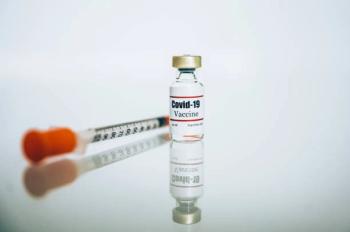
Study presented at CROI 2024 reveals chronic hepatitis B virus (HBV) infection heightens COVID-19 severity as vaccination reduces mortality and ICU demands in co-infected individuals.
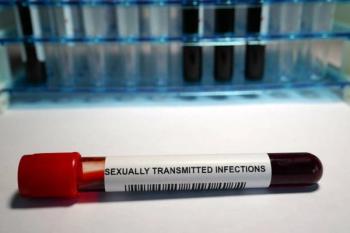
Study presented at CROI 2024 reveals that the introduction of Doxycycline post-exposure prophylaxis (doxy-PEP) guidelines in San Francisco has significantly decreased the incidence of chlamydia and syphilis

A new study offers some clues into the pathophysiology and biomarkers of post-acute Sequelae of SARS-CoV-2 (PASC).

Study dives into the complexities of using Oral Vancomycin Prophylaxis to combat Clostridioides difficile in hematopoietic stem cell transplantation recipients with insights from researcher Alexander Vartanov, MD.

From the ongoing CROI meeting, the FDA approved antiretroviral was studied over a 2-year period and showed treatment benefit.
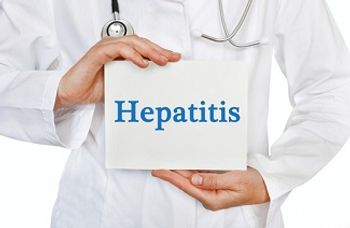
In thinking about the international and national public health campaigns to eliminate hepatitis, is general awareness of the disease enough to motivate treatment-hesitant hepatitis patients to accept clinical care, or does there need to be a greater commitment beyond that?

The company released top-line data for its Abrysvo vaccine, demonstrating efficacy against respiratory syncytial virus (RSV) in adults aged 60 and older.

This week, why measles and vibrio vulnificus infections are seeing outbreaks and increases in incidence rates; a medical association recommends fecal microbiota-based therapies for recurrent or severe C difficile; and an antiviral reduced a median time-to-symptom resolution.

Norovirus cases rise in the northeast and are spreading across the nation.
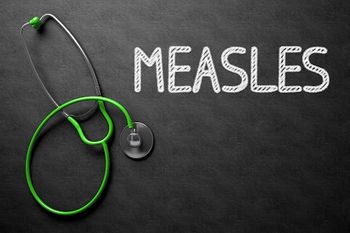
Reduced childhood immunizations because of personal beliefs and fears, and the quarantine's effect, along with a lack of knowledge about transmissibility and the seriousness of measles are causing unnecessary suffering and danger to people, especially in children.

Novavax's Robert Walker, MD emphasizes protective health strategies highlighting the importance of COVID-19 vaccination for hypertensive individuals.

Over 1 billion people are estimated to be affected by 20 conditions of neglected tropical diseases (NTDs), though they are often unheard of by many. Heather Saunders, MPH, RN, CIC, delves into 5 of these diseases and discusses efforts to stop their spread.
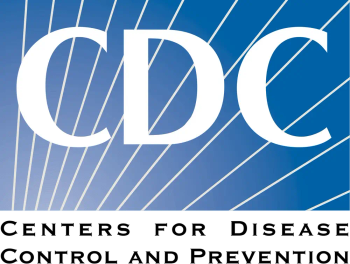
With today's vote, the federal agency’s Advisory Committee on Immunization Practices (ACIP) is now recommending people 65 years of age and older get 1 more dose of the 2023-2024 formula of the COVID-19 vaccine.

Promising oral antibiotic candidate for the treatment of uncomplicated urogenital gonorrhea
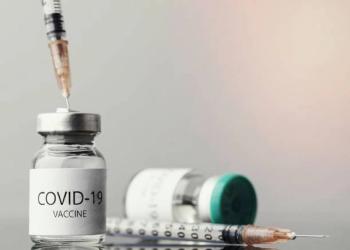
New insights challenge assumptions on SARS-CoV-2 immunity duration.
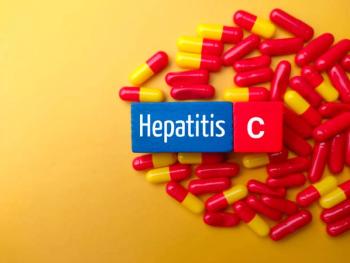
Study exposes the adherence gap in HCV direct-acting antiviral therapy among people who inject drugs.

A new paper outlines how these variables can be connected to create situations where patients get less-than-optimal outcomes.
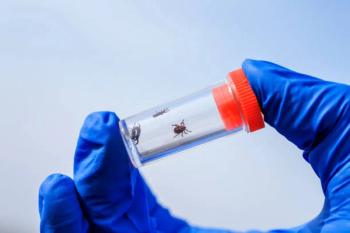
Trial demonstrates promising results for oral treatment towards the disease's vector.

The new indication for bictegravir 50 mg/emtricitabine 200 mg/tenofovir alafenamide 25 mg tablets, B/F/TAF (Biktarvy) is for patients with suppressed viral loads, pre-existing resistance.

A rise in cases of the waterborne pathogen.

Shionogi’s investigational therapy, ensitrelvir, demonstrated a median time-to-symptom resolution of approximately 1 day shorter in the antiviral group versus placebo.

The American Gastroenterological Association recommends fecal microbiota-based therapies for recurrent or severe C difficile infections and other gastrointestinal issues.

Participants of a recent study who experienced more daily cognitive symptoms had a greater likelihood of reporting moderate interference with functioning, less likelihood of full-time employment, and greater severity of depressive symptoms.

Cefepime-enmetazobactam (Exblifep, Orchid Pharma) was given the federal nod for the indication of treating complicated urinary tract infections (cUTI) in adults.

The federal agency did not request further trials for the investigational therapy, cefepime-taniborbactam, but wanted more information about its chemistry, manufacturing, and controls.
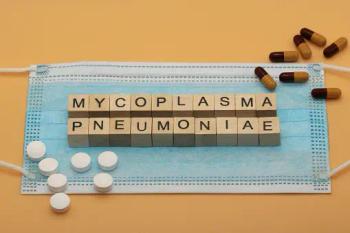
CDC reveals trends in M pneumoniae infections before, during, and after the pandemic.

Shortage in hepatitis b virus (HBV) clinical trials within the WHO African region.

Innovative treatments, challenging prevention, and impact of climate change.

The federal government is working to provide greater access to testing and treatment.